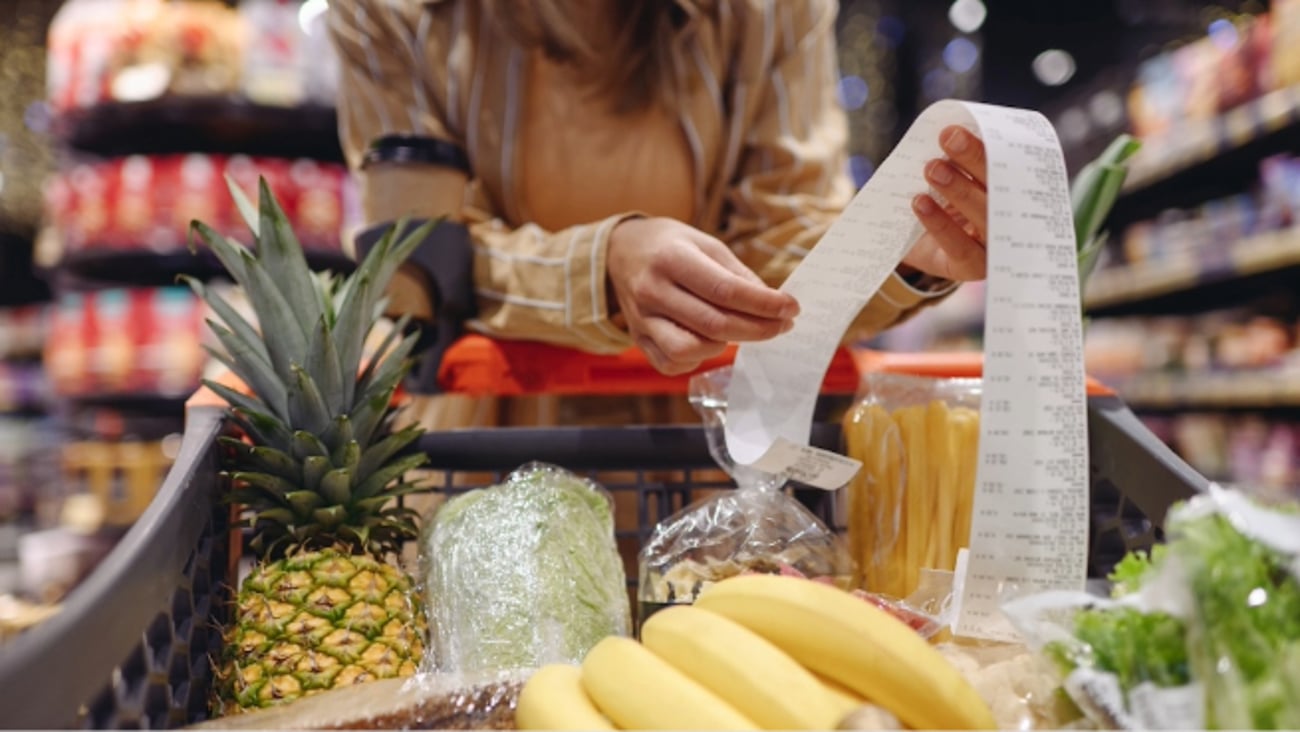As California burns, so does our winter lettuce
Parts of California are on fire and the smoke is so intense that it could damage many crops. The California fires could affect food supply in Canada in the months to come. Like the labor issues affecting farmers this summer domestically, this is certainly not good news.
Each year, Canada imports about US$3.1 billion worth of food from California, according to the California Department of Food and Agriculture. We import a great variety of products. Other than wine, the foods we import the most are lettuce, almonds, strawberries, raisins, oranges, cauliflower, grapes, pistachios, onions, spinach and carrots. For the fall and winter months, the United States, and especially California, plays a key role in replenishing our grocery baskets. With our northern climate, we need import options to keep the cost of our food at a reasonable level. It has been this way for a long time.
With a relatively strong Canadian dollar these days, there was nothing to worry about too much. COVID has made things a little more difficult over the last six months, of course, but our food security has never really been compromised. Obviously, Mother Nature had other plans.
This year, nearly 8,000 fires have burned more than three million acres, which is a record for California. At one point, smoke covered nearly half of California. Half of it. Clearly, climate change has dramatically increased the risk of forest fires in California and elsewhere in the world. Alberta had a hellish summer barely two years ago. Quebec has experienced periods of impressive drought in recent years, and also floods. There have been major floods in Manitoba, too.
With the fires though, coupled with the complexities brought forward by the pandemic, things may get complicated this fall. While a third of the vegetables produced in the United States come from California, more than half of the fruits and nuts from the U.S. are produced in the Golden State. Except for the European Union, Canada is California's largest customer for food. Our influence is real. But still, in the context of a pandemic, anything can happen, and some U.S. sellers might prioritize the domestic market to the detriment of Canadian importers.
If the harvest for certain foodstuffs in California is compromised--lettuce, strawberries, and cauliflower, for example--our importers will have no option but to go and buy elsewhere. It is as simple as that. We import during winter months because we have few other options. The pandemic and climate change are stark reminders of how important it is to provide our food economy sustainable options for the future of our grocery basket.
Several types of controlled agriculture strategies can be adopted to serve Canada’s economy, both in urban and rural settings. Traditional greenhouses, rooftop greenhouses or integrated agricultural spaces such as vertically stacked hydroponic crops, are some examples. In many parts of the country, energy is clean, space is cheap, and many regions can dream of feeding its citizens affordable products while developing other markets.
There is another motivating factor, which also deserves some attention. Recalled produce from California this summer, such as peaches and onions, could also motivate us to rethink our production models for winter months. Something to think about.




